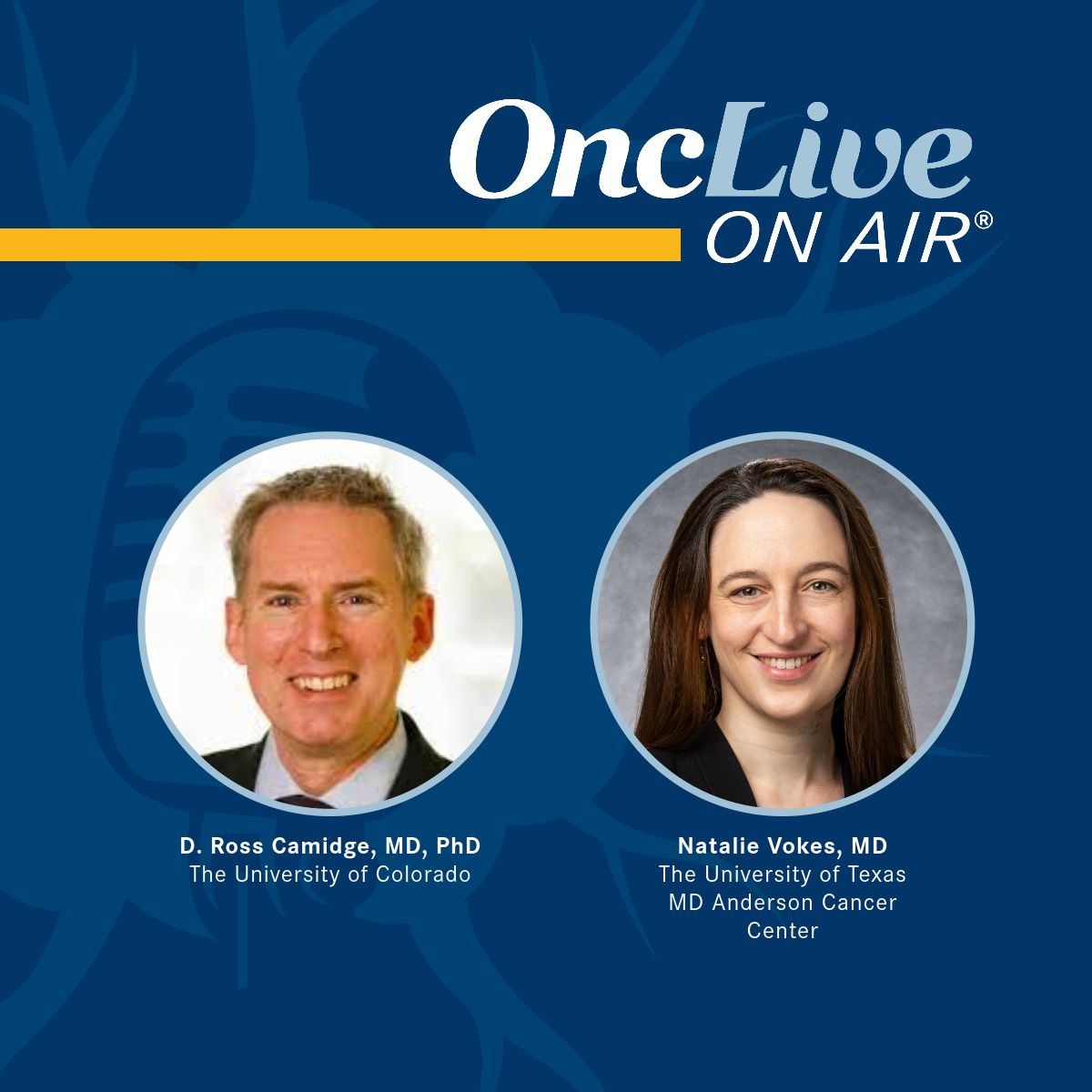Commentary
Video
Dr Wilky on a Study of Botensilimab Plus Balstilimab in Refractory Metastatic Sarcoma
Breelyn Wilky, MD, discusses updated findings from a phase 1 study investigating botensilimab plus balstilimab in refractory metastatic sarcoma.
Breelyn Wilky, director, Sarcoma Medical Oncology, The Cheryl Bennett and McNeilly Family Endowed Chair in Sarcoma Research, deputy associate director, Clinical Research, associate professor, medicine, medical oncology, the University of Colorado Medicine, discusses updated findings from a phase 1 study (NCT03860272) investigating the combination of botensilimab (AGEN1181) and balstilimab (AGEN2034) in patients with refractory metastatic sarcoma.
Treatment with botensilimab plus balstilimab produced notable efficacy results across all patients with sarcoma enrolled in the trial, Wilky says. Among 52 response-evaluable patients, the overall response rate (ORR) was 23% (95% CI, 13%-37%), including best overall responses of complete response (CR; 2%), partial response (PR; 21%), stable disease (SD; 44%), and progressive disease (PD; 33%). The median duration of response (DOR) in the overall population was 21.7 months (95% CI, 3.4-not reached [NR]), and the clinical benefit rate (CBR) at 24 weeks was 35% (95% CI, 22%-49%).
Furthermore, among 18 evaluable patients with angiosarcoma, the ORR was 39% (95% CI, 17%-64%), including best overall responses of CR (6%), PR (33%), SD (44%), and PD (17%). The median DOR was 21.7 months (95% CI, 1.9-NR), and the CBR at 24 weeks was 44% (95% CI, 22%-69%). Responses were seen in the angiosarcoma cohort among patients with cutaneous angiosarcoma, an immune-hot subtype, as well as visceral angiosarcoma, she emphasizes. Among patients with visceral angiosarcoma, (n = 9) the ORR was 44%. Among patients with cutaneous angiosarcoma (n = 9), the ORR was 33%.
In the overall population, at a median follow-up of 9.1 months (range, 1.4-39.7), the median overall survival (OS) was NR (95% CI, 14.0 months-NR), and the 12-month OS rate was 69% (95% CI, 52%-81%). In the population of patients with angiosarcoma, at a median follow-up of 6.9 months (range, 1.4-39.7), the median OS was NR (95% CI, 5.0 months-NR), and the 12-month OS rate was 64% (95% CI, 1.4%-39.7%).
Disclosures: Dr Wilky reports having consulting or advisory roles with Aadi Bioscience, Boehringer Ingelheim, Deciphera, Epizyme, and SpringWorks; receiving research funding from Exelixis; and receiving travel, accommodations, or expenses support from Agenus Inc.









